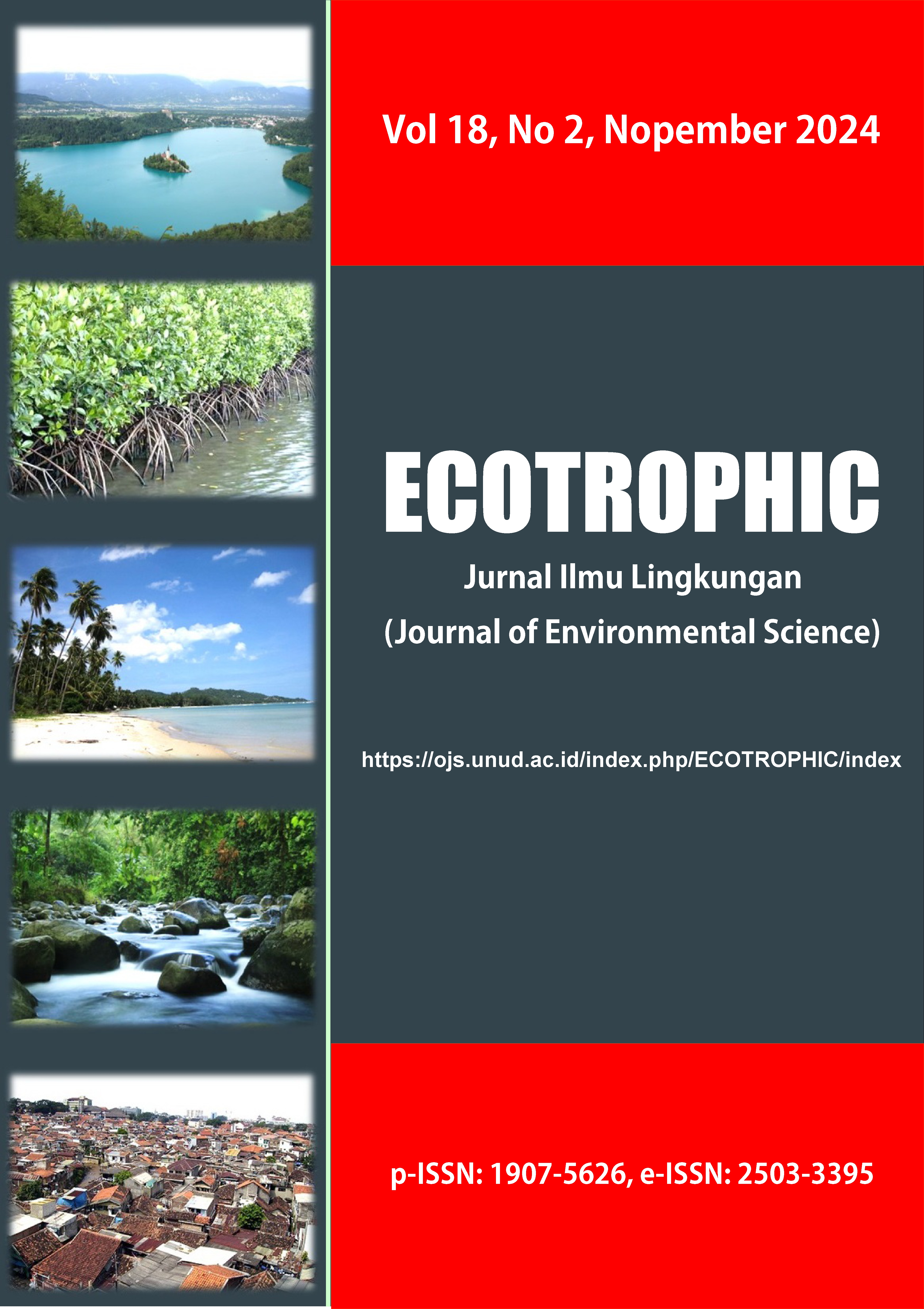STRUKTUR POPULASI, KOMPOSISI PROKSIMAT DAN MINERAL KEONG GONDANG (Pila scutata) PADA EKOSISTEM PERSAWAHAN DI WILAYAH KABUPATEN GIANYAR
Abstract
The Pila scutata is a species of Mollusca Phylum that is also known as the kakul in Bali and the gondang snail in Indonesia. The environment of rice fields is one of the snail's habitats. Snails are utilized in religious ceremonies in Bali as a ceremonial component and as an alternate source of protein. The purpose of this study was to ascertain the snail population structure, including density, frequency of presence, and dispersion patterns in Gianyar Regency's rice field ecosystem. The snail sample's mineral and proximate compositions were also examined. Samples were collected from three plots of rice fields with rice plants that were less than a month old at each of the several rice field locations. Sampling using a 1m × 1m square positioned in every rice field corner. Environmental factor measurements are made for every sample. Samples of snails collected from every site were brought to the laboratory for morphological analysis and counting. According to research result, there were 0,83–2,0 ind/m2 of snails, 58,33–91,67% of the frequency of present, and their distribution pattern was regular. There was more than 50% protein. Iron 18,987–38,70; potassium 162,886-216,121, 407,082–567,960 mg/100g; copper and lead not found. Calcium content ranges 90,347–122,97 mg/100g.
Keywords: Freshwater snail; native species; nutrition; rice field
Downloads

This work is licensed under a Creative Commons Attribution 4.0 International License.


